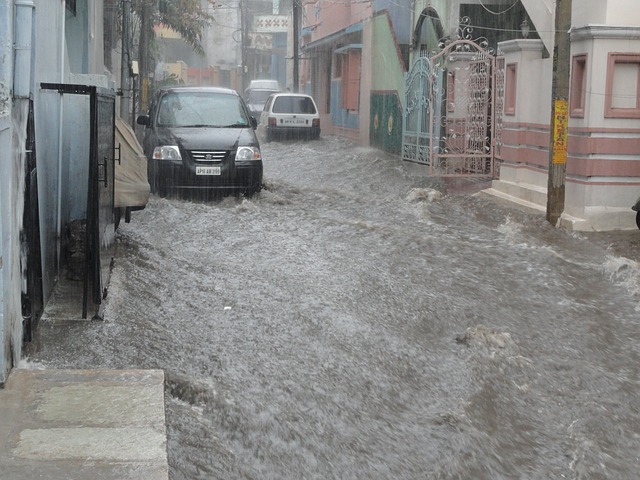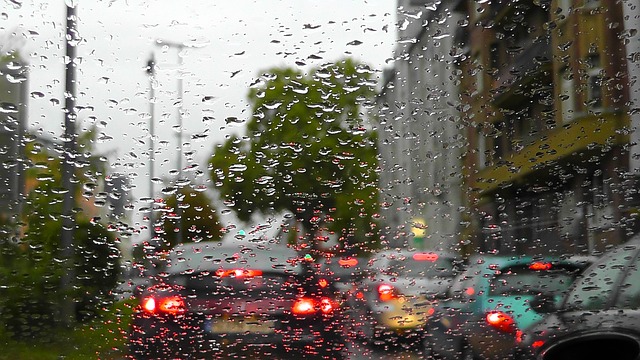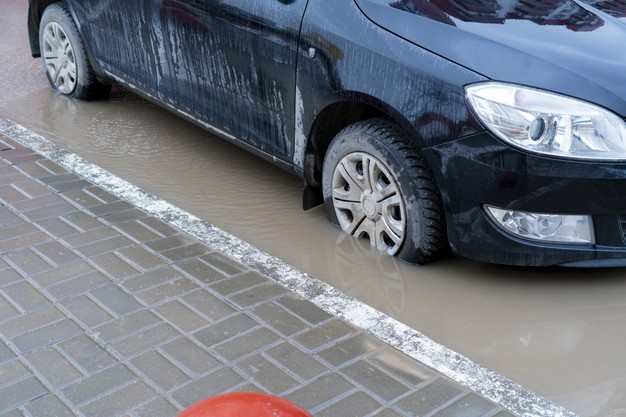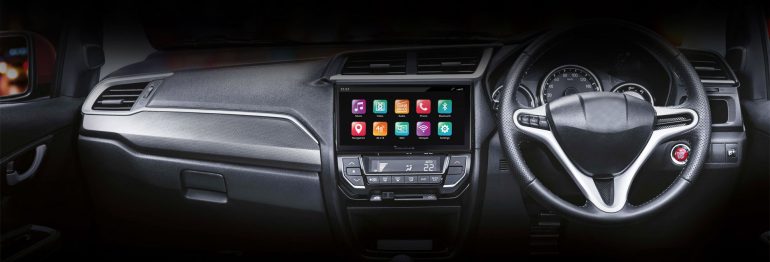- Your cart is empty
- Continue Shopping
Monsoon Driving Tips

Driving in rain can be challenging, especially on Indian roads. Low visibility on the road combined with the innumerable hazards can really take the fun out of the much loved monsoon season. Noting such drawbacks of driving in rain, here are a few Monsoon driving tips to follow when you’re on the road.
1. Use good wipers in your car
When driving in rain, having good wiper blades is important for a clean windscreen to avoid visibility issues. Top up your wiper washer liquid to clean your windscreen when required. If you’re on a bike, have a good quality helmet that de-mists the visor.
2. Drive in centre lane
During monsoon, drive in the centre lane as much as possible, as it has the lowest chance of water logging. Side lanes are usually either next to road divider or the drain which is where most of the water gets clogged and further damages the roads that can be risky for your vehicle.
3. Check your vehicle tyre treads
Tyre treads are important for a good grip on the road, especially during wet conditions. Worn tyres have little to no grip, and can easily slip or slide on wet roads. Perhaps it’s time to change your tyres if the treads are below the standard depth. Two-wheelers are at bigger risk in such conditions, so check your tyres regularly.
4. Test your Brakes
Indian roads are unpredictable, so keeping distance from vehicles in front is a good idea, especially when braking is slower on wet roads. However, having good brakes on your vehicle is crucial, as weak brakes won’t help even if you’re at a distance. If you drive through water logged roads, ensure you stop and dry the brakes once you clear the water.
5. Keep your headlights on
It’s generally darker on rainy days with the sun hiding behind clouds. Keeping your headlights and tail-lights on ensures that other drivers can easily spot you when visibility is low. Avoid using hazard lights as it usually indicates a stationary vehicle. Some use hazard lights in foggy conditions.
6. Maintain distance and drive slow
Slippery when wet – is a common road safety sign on many roads. Keeping distance from other vehicles on the road will help you avoid any mishaps. Driving slow is generally a good idea too, as it gives you more control over your vehicle, especially in wet conditions.
7. Avoid flooded streets
Indian roads tend to get water logged when it rains, and that causes long traffic jams. Therefore, it’s always a good idea to check the water level before you decide to take the road where you see traffic. Our sincere advice is to just avoid that road and find an alternate route to get to your destination.
8. Use lower gears with higher RPMs
When driving through waterlogged roads, adhere to a lower gear, ideally in first gear, and keep the motor RPMs up to prevent water from entering the engine, which can cause a seizure. And if the water has gone in, turn your vehicle off and call for Roadside Assistance.
9. Top up fuel
There is always a chance of getting stuck in long traffic jams. The last thing you want is to run out of fuel in your vehicle. You may also want to keep some snacks and water handy, along with other essentials like a phone charger, extra pair of shoes and garments, an umbrella, and a towel.
If you travel by car, having a Trak N Tell Car Infotainment System won’t be a bad idea either, as it not only keeps you entertained, but also has a GPS Car Tracker that allows your family to keep track of your location for your safety. If you’re on a Bike, we recommend installing a GPS Motorbike Tracker.



